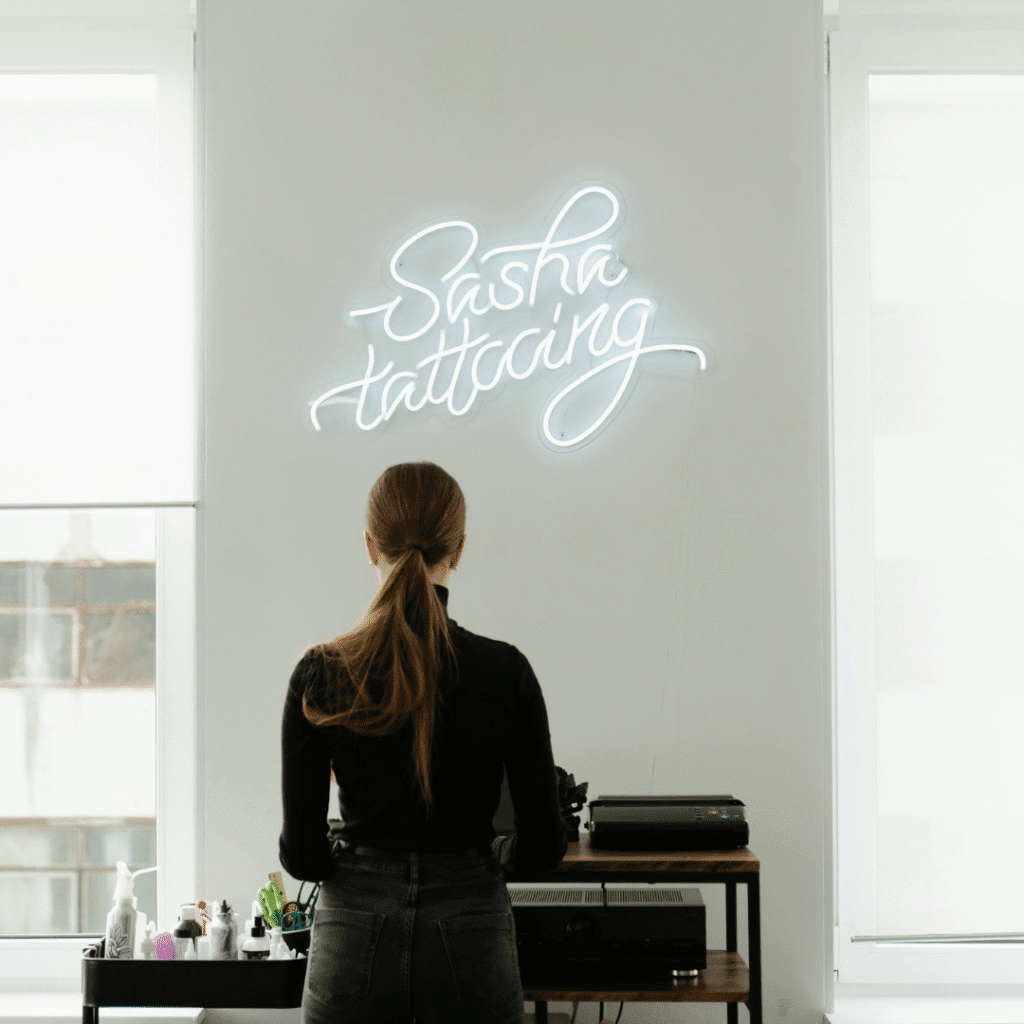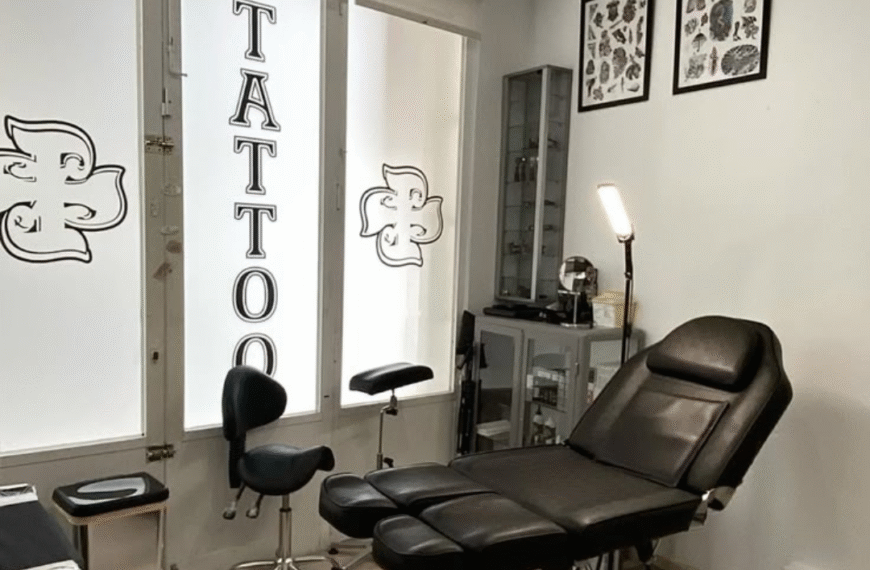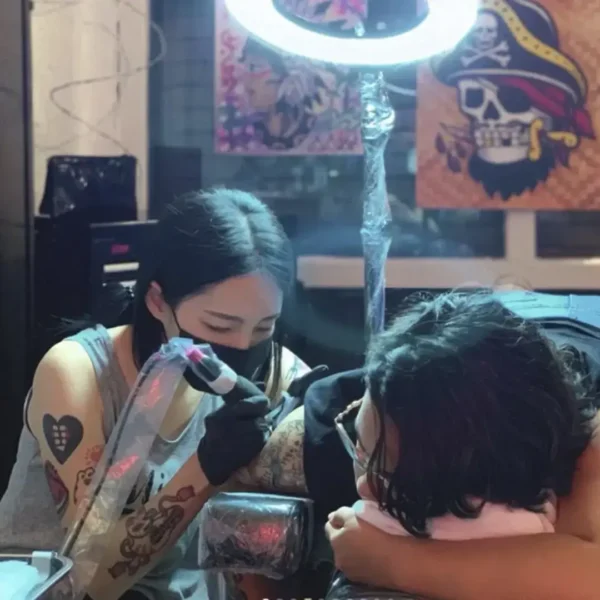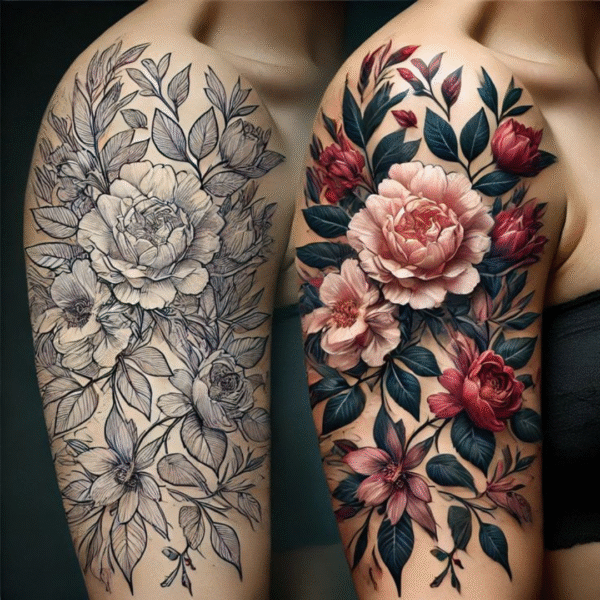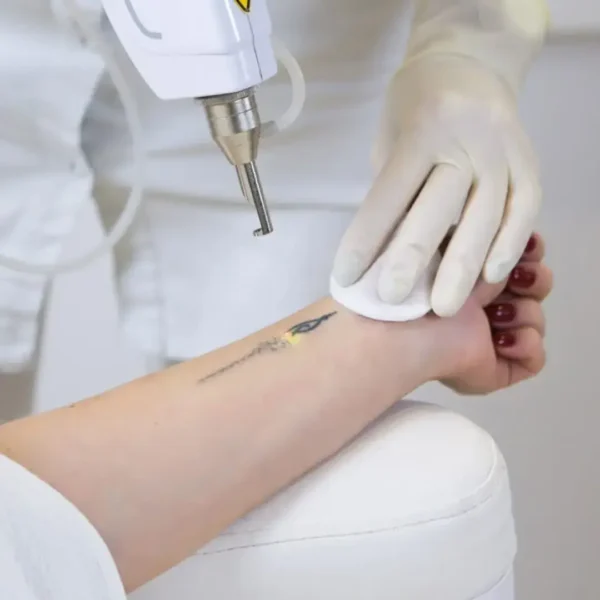Between flash posts and sleeve sessions, there’s a silent force at work: your booking system. Here’s my full tattoo artist scheduling routine—what actually happens in a week, and how LucentDesk runs the admin so I don’t have to.
Monday — Flash Drop + Deposits (Start Strong)
I post a new flash set at 9 a.m.
While I’m tattooing
- Auto-replied to 12 DMs with a booking link
- Collected four deposits via Apple Pay
- Blocked Wednesday’s afternoon slot for a half-day grim-reaper piece
Tuesday — Reminder Day in My Tattoo Scheduling Routine
LucentDesk fires off 48-hour reminders. Two clients move appointments; both are replaced by waitlist clients by noon. My calendar adjusts without me lifting a finger.
Wednesday — Protected Creative Blocks
Morning = sketch time. LucentDesk marks me unavailable until 1 p.m., so no one books over my creative rhythm.
Thursday — Built-In Client Trust
Every client gets:
- Aftercare email
- Review link
- Upload prompt for healed photos
That’s social proof built into the routine—zero manual follow-up.
Friday — Smart Gaps Save Revenue
Someone cancels at 11 a.m.
By 11:20, a waitlisted client snags the spot. No open hours, no Stories needed.
Weekend Recap — Numbers, Not Guesswork
Sunday night, LucentDesk’s dashboard shows:
- 17 sessions, 0 no-shows
- $2.3k in deposits secured
- Two new five-star reviews
Time I spent on admin? Maybe 40 minutes—most of that choosing Reel music. If you’re curious how automation protects creative flow, Forbes just labeled AI scheduling “the new paintbrush for freelancers.”
A solid tattoo artist scheduling routine isn’t clock-punching; it’s letting a booking app run the calendar while you run the machine. Art stays front-and-center, wrists stay happier, and clients stay impressed.

